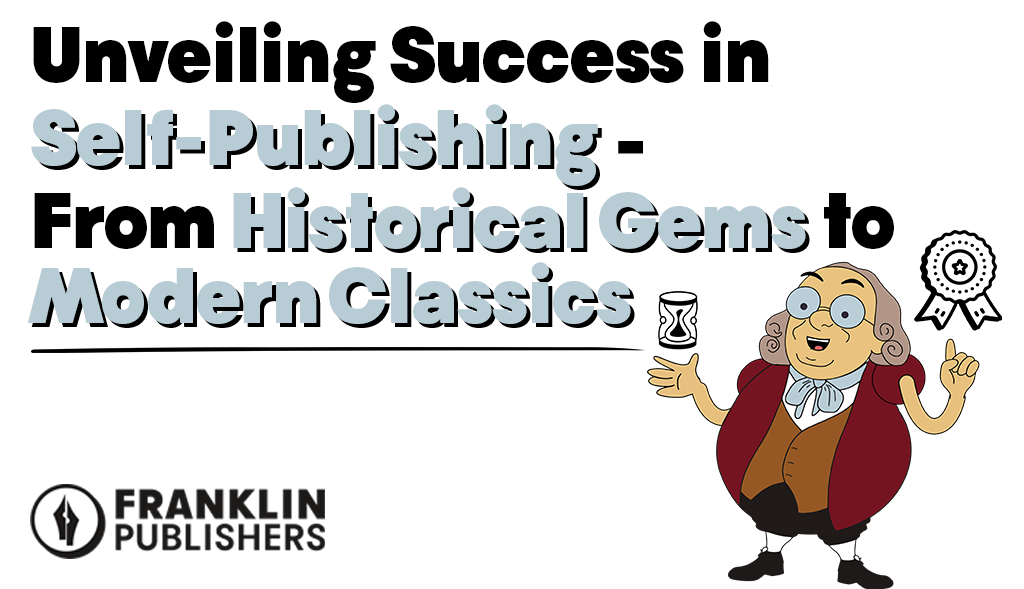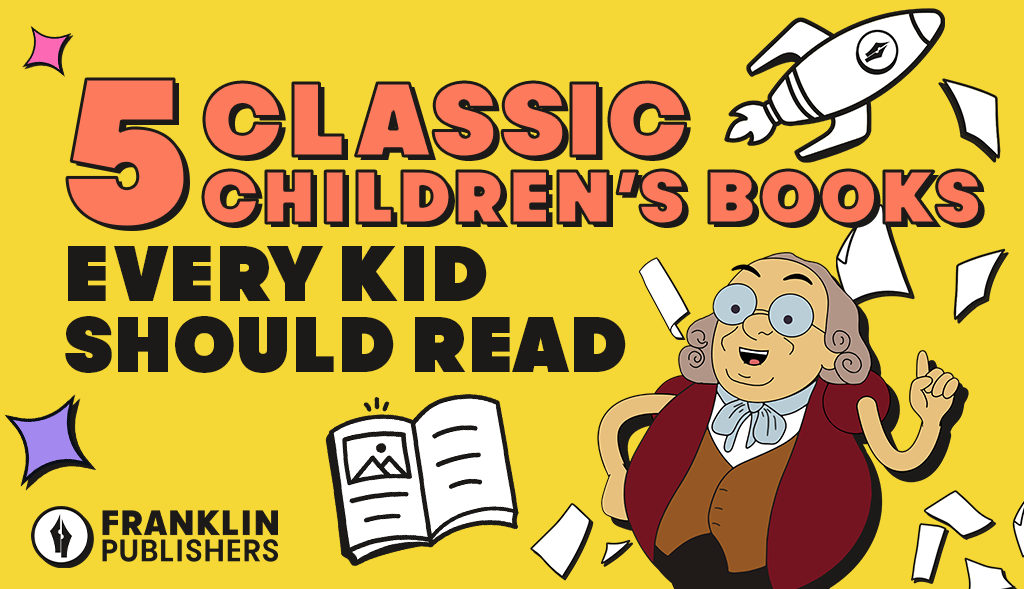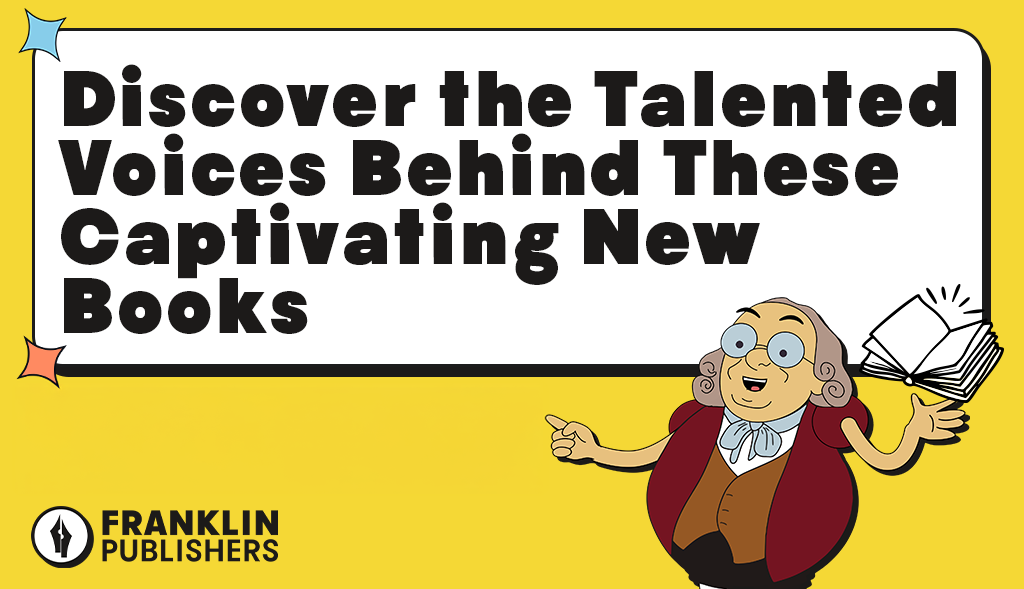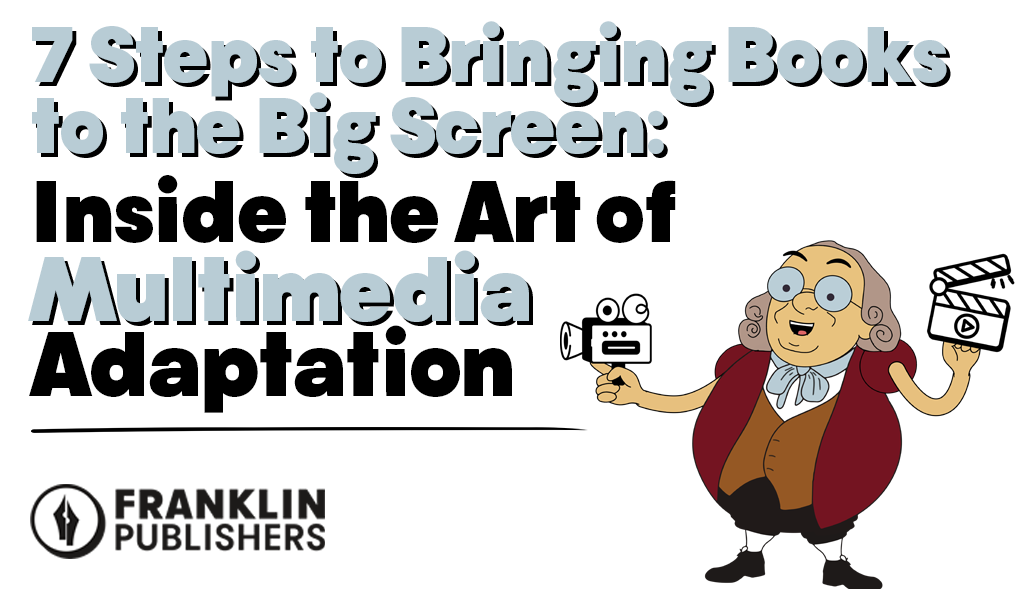The Rich History of Literary Independence
Self-publishing isn’t a product of the digital age; it’s a venerable tradition that has empowered authors for centuries. This section delves into the stories of those who took publishing into their own hands, creating some of the most pivotal works in literary history.
Pioneers of Self-Publishing
- John Milton’s “Paradise Lost” (1667): This epic poem, a cornerstone of English literature, was self-published through a subscription model, an early form of crowdfunding. It’s a prime example of how self-published books can achieve monumental status.
- Jane Austen’s “Sense and Sensibility” (1811): Austen’s decision to self-publish this detailed exploration of societal expectations marked a significant turn in her career, paving the way for her future as a celebrated author of the Regency era.
- Walt Whitman’s “Leaves of Grass” (1855): Whitman’s direct involvement in the design and publication of his expansive poetry collection set a benchmark for personal dedication to literary art, influencing generations of writers.
Self-Publishing Success Stories in the Modern Era
As digital technology reshapes publishing, many contemporary authors are successfully leveraging self-publishing platforms to reach global audiences. Here’s how modern writers are following in the footsteps of their predecessors.
Breakthroughs in Contemporary Self-Publishing
- E.L. James’s “Fifty Shades of Grey” (2011): Originally a piece of fan fiction, this book’s extraordinary journey from a self-published eBook to a worldwide phenomenon underscores the potential of modern self-publishing channels.
- Andy Weir’s “The Martian” (2011): What started as a series of blog posts became a bestselling novel and a blockbuster film, highlighting the possibilities when innovative content meets the accessibility of self-publishing.
- Hugh Howey’s “Wool” (2011): This post-apocalyptic narrative began as a digital short story and expanded into a series due to reader demand, illustrating the dynamic nature of self-publishing in responding to reader engagement.
Why Writers Choose Self-Publishing Today
More than ever, authors opt for self-publishing to maintain creative control, achieve faster publication, and connect directly with their audience. Franklin Publishers supports this journey by providing expert services tailored to enhance the self-publishing process.
Advantages of Self-Publishing With Franklin Publishers
- Tailored Editorial and Design Services: We offer professional editing, captivating cover designs, and strategic marketing to ensure your book stands out in the crowded marketplace.
- Control and Flexibility: Authors enjoy complete creative control over their content and the flexibility to adjust their publication strategy based on real-time reader feedback.
- Direct Audience Engagement: Self-publishing allows authors to build and interact with their audience directly, a valuable tool for growing a dedicated readership.
Conclusion - Your Partner in Self-Publishing
Franklin Publishers is committed to nurturing authors who choose the path of self-publishing. Our team is dedicated to transforming your manuscript into a success story that resonates with readers and sustains your literary career.
Interested in learning more about self-publishing? Contact Franklin Publishers today to start your journey.












